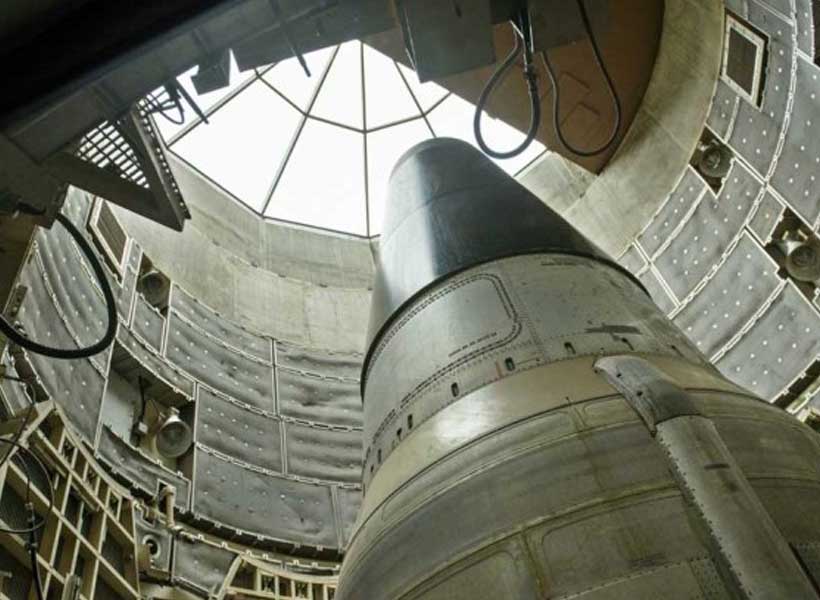Female headed households spend less and save more in Kerala
October 27, 2022
By Sancy K. Jose

The Gulf is the center for Indian expatriates particularly the work force from Kerala. You can hear the Malayalam language amongst the employees if you visit any of the malls and the work places especially hospitals in Gulf countries. Through them India is receiving billions of dollars every year. Economic Times report indicates that India was the highest recipient of remittances at $79 bn in 2018. However, it may be declined during the Covid-19 period.
Moreover, particularly this money which flows in Kerala makes a lot of differences among the households. Some of the houses the male will work in abroad and the female will take care of the house and children. While in some of the houses the female works abroad and the male will take care of the house and the children will be in boarding schools.
Let’s see in this essay the reason behind why female headed households spend less and save more and male headed households spend more and save less.
The remittance causes more implications in Kerala society. Hence, their spending patterns. Building houses, sending their children to good educational institutions, better health care, saving more in LICs, improving their travel expenses, and investing in various ways for the future. In common if we see the way the households spend, you can find massive differences among the men and women. Men will spend more in common. In general women are better at bargaining than men. The other indicator would be the women who always try to keep some money in their purses. They will not make it empty. But men will not bother about emptying their purses.
Various researches show a different opinion about the consumption expenditure pattern of the females in Kerala. In any research the output will be expected based on our assumptions. However, my research shows that in Kerala the female headed households are the most competent in the economic way of spending and savings while compared to the consumption expenditure pattern of male headed households.
Consumption expenditure pattern theory says, “… An individual is assumed to plan a pattern of consumption expenditure based on expected income in their entire lifetime.” Not only in Kerala society but also now a new pattern of consumption is introduced by the new generation. It means, whatever they have in their hands at the moment they will empty it through lavish spending. However, this is also very much suitable to the below 30 men but not to the women.
Those who are working in private sectors, especially in the IT field, and if they are in their 20s and 30s once they spend the money they are simply ready to use the credit cards. I have seen many of them even ready to apply for personal loans for travelling abroad. Here the strategy is once their money in the wallet dried, the option is simply borrowing and spending. This scenario never prevailed in our societies three decades back.
At present the situation has completely changed in the society. If the flow of income is amplified then there will be no second thought about in favor of more consumption. There is no way to talk about priority. Whatever they like they will be busy buying. “Consumer theory is the study of how people decide to spend their money based on their individual preferences and budget constraints.” Moreover, the post-Covid-19 era also changed the pattern of consumption of the households. During the Covid-19 the pattern of consumption was mainly about food and health. Now it is gradually changed in the post-Covid-19.
However, I would say in my research, female households are entirely different from the way they think. But this is not fit to the below 30 female households, especially those who are newly employed in their 20s. However, again this pattern of consumption changed amongst the newly employed females from rural areas. This is true that, “Individuals make choices subject to how much income they have available to spend and the prices of goods and services.”
The female households well managed the family with the received income and tried to save as much as possible. It is true that the inflow of remittance reduces poverty in the recipient country. This will be possible only if the household utilizes the money with the purpose. Otherwise, it will not serve the purpose of the remitter. The male households always prefer to spend more than their requirements. And they won’t worry about savings. Central government’s plan for selling the LIC’s shares to the private sector is also a cause of worry for many females in India.
Whatever it may be, the female households are better in more savings than the male in Kerala. The female will save more and if the male has more money they will spend more than the females. For the question of – if the females in Kerala will save more if their income increases – study suggests that they will save more – even if their income increases while comparing the males in Kerala.
Share this:
Click to share on Twitter (Opens in new window)
Click to share on Facebook (Opens in new window)
Click to share on LinkedIn (Opens in new window)
Click to share on Reddit (Opens in new window)
Click to share on Telegram (Opens in new window)
Click to share on WhatsApp (Opens in new window)
Click to email a link to a friend (Opens in new window)
Related
Covid-19 and Implications on India’s SavingsJuly 16, 2020In "Economy"
Women health workers: Working relentlessly in hospitals and at homeApril 10, 2020In "New Social Compact"
Online Radicalization in IndiaDecember 29, 2021In "Intelligence"
RELATED TOPICS:ECONOMICSINDIA
UP NEXT
Currency Depreciations Risk Intensifying Food, Energy Crisis in Developing Economies
DON'T MISS
Serious Debt Crisis Unfolding in the Poorest Part of the World: A Way Forward

Sancy K. Jose
PhD Scholar in Economics, Cochin University of Science & Technology, India.








